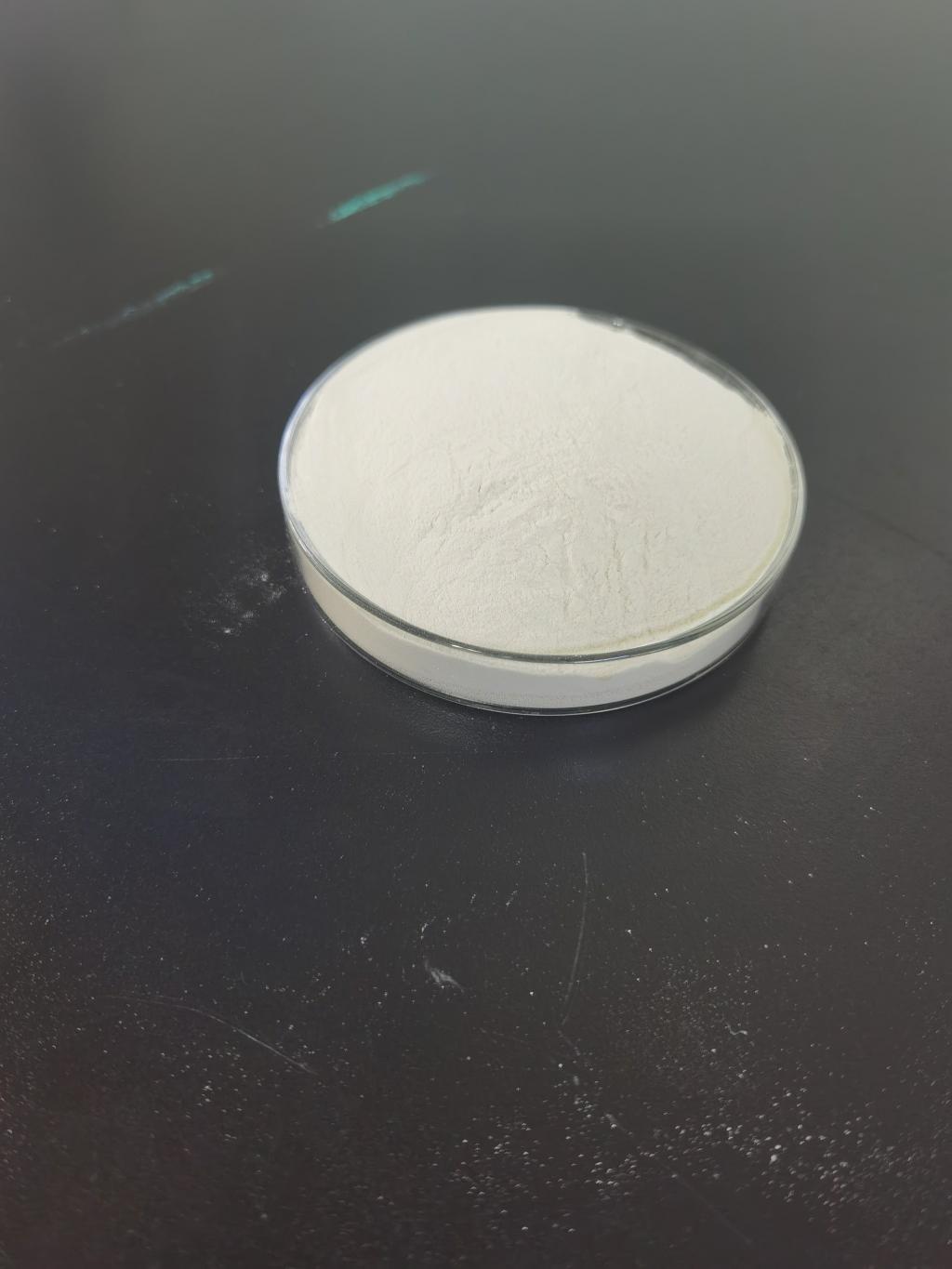Tel:+8618231198596

News
 CONTACT
CONTACT
 CONTACT
CONTACT
- Linkman:Linda Yao
- Tel: +8618231198596
- Email:linda.yao@dcpharma.cn
- Linkman:CHARLES.WANG
- Department:Overseas
- Tel: 0086 0311-85537378 0086 0311-85539701
News
Current Position:
Home >
News
>Nisin's effectiveness in controlling foodborne in public health outcomes.
Nisin's effectiveness in controlling foodborne in public health outcomes.
TIME:2024-04-12
Understanding Foodborne Bacteria:
Foodborne bacteria are microorganisms that can contaminate food at various stages of production, processing, storage, and preparation. Common pathogens include Salmonella, Escherichia coli (E. coli), Listeria monocytogenes, and Staphylococcus aureus, among others. When ingested through contaminated food, these bacteria can cause gastrointestinal infections, food poisoning, and in severe cases, systemic illnesses with potentially fatal consequences. Controlling the growth of foodborne bacteria is therefore essential for preventing foodborne illnesses and safeguarding public health.
The Antimicrobial Properties of Nisin:
Nisin is a natural antimicrobial peptide produced by certain strains of lactic acid bacteria, particularly Lactococcus lactis. It is renowned for its potent antimicrobial activity against a wide range of Gram-positive bacteria, including many foodborne pathogens. Nisin acts by disrupting bacterial cell membranes, leading to leakage of cellular contents and ultimately cell death. Its effectiveness against foodborne bacteria, coupled with its natural origin and safety profile, makes it an attractive option for food preservation and microbial control.
Application of Nisin in Food Preservation:
Nisin has been approved for use as a food preservative in many countries, including the United States and the European Union. It is commonly used in a variety of food products, including dairy, meat, poultry, seafood, and canned foods. In dairy products, nisin helps prevent the growth of spoilage bacteria such as Lactobacillus spp. and Listeria monocytogenes, extending shelf life and maintaining product quality. Similarly, in meat and poultry products, nisin inhibits the growth of pathogens like Staphylococcus aureus and Clostridium spp., enhancing food safety and reducing the risk of foodborne illnesses.
Impact on Reducing Foodborne Illnesses:
The widespread use of nisin in food preservation has contributed to significant reductions in the incidence of foodborne illnesses attributed to bacterial contamination. By controlling the growth of foodborne pathogens in various food products, nisin helps minimize the risk of microbial contamination and subsequent illness among consumers. Epidemiological studies have shown correlations between the use of nisin as a preservative and lower rates of foodborne illness outbreaks, highlighting its role in protecting public health.
Challenges and Considerations:
While nisin offers substantial benefits in controlling foodborne bacteria and improving food safety, several challenges and considerations exist. These include potential interactions with other food ingredients, variations in efficacy under different environmental conditions, and the emergence of antimicrobial resistance. Additionally, regulatory requirements and consumer perceptions regarding the use of antimicrobial agents in food may influence the adoption and acceptance of nisin as a preservative. Addressing these challenges requires ongoing research, collaboration, and adherence to best practices in food safety and quality assurance.
Future Directions and Research Opportunities:
As the global burden of foodborne illnesses persists, there is a need for continued research and innovation in the field of antimicrobial agents for food preservation. Future studies may focus on optimizing the use of nisin in different food matrices, exploring synergistic interactions with other natural antimicrobials, and developing strategies to mitigate antimicrobial resistance. Additionally, research on consumer attitudes and behaviors related to food safety can inform public health interventions and regulatory policies aimed at reducing the risk of foodborne illnesses.
Conclusion:
Nisin represents a valuable tool in the effort to control foodborne bacteria and improve public health outcomes. Its effectiveness in inhibiting the growth of foodborne pathogens, coupled with its natural origin and safety profile, makes it an attractive option for food preservation and microbial control. By incorporating nisin into food products, manufacturers can enhance food safety, extend shelf life, and reduce the incidence of foodborne illnesses. Moving forward, collaborative efforts among researchers, food producers, regulatory agencies, and public health authorities are essential to maximize the potential of nisin in safeguarding public health and promoting a safer food supply chain.
- Tel:+8618231198596
- Whatsapp:18231198596
- Chat With Skype







